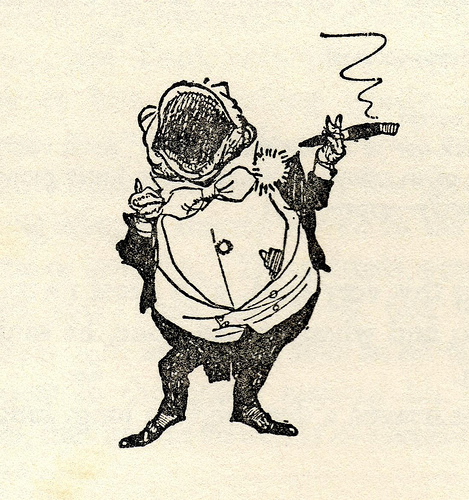
This is based on an answer I posted on Quora.com in 2020.
Let's try this by the numbers:
The Lion the Witch and the Wardrobe:
lead protagonist: Lucy (female)
lead antagonist: the White Witch (female)
Prince Caspian:
lead protagonist: split between Caspian and Lucy (one each)
lead antagonist: Miraz (male)
The Voyage of the Dawn Treader:
lead protagonist: Lucy (female)
lead antagonist: there isn't really any, but Eustace (male) is closest
The Silver Chair:
lead protagonist: split between Eustace and Jill (one of each)
lead antagonist: the Green Witch (female)
The Horse and His Boy:
lead protagonist: split between Shasta and Aravis (one of each)
lead antagonist Rabadash (male)
The Magician's Nephew:
lead protagonist: Digory (male)
lead antagonis: Jadis (female)
The Last Battle:
lead protagonist: Tirian (male)
lead antagonist: split between Shift and Rishda Tarkaan (both male)
5 female protagonists (counting Lucy twice), 5 male protagonists
3 female antagonists (counting Jadis/White Witch twice), 5 male antagonists
Now, you could change those numbers by promoting various supporting characters to co-protagonist or -antagonist, e.g. the other Pevensie children, or Jill, or Polly, but I don't think that would tilt the numbers a lot unless you tried.
It's true that the girls don't get as many action scenes as the boys, but the girls, especially Lucy, get the heavy theological scenes—attending Aslan's resurrection in Wardrobe, encountering him alone at the edge of the world at the start of Silver Chair—and they do get their licks in: Jill carries her action weight in Last Battle and out-performs Eustace in cunning in Silver Chair, Aravis has a great espionage sequence in Horse, and Lucy has the scene with the magic book in Voyage.
I think that's pretty good balance, considering I doubt Lewis was deliberately trying for any such thing, in an era when such a balance was not much of a consideration.
And if there is one mortal character that is the protagonist of the series, it's Lucy.
As to Lewis's other alleged crimes against social identity:
Anything other than cis het sex was criminal at the time the stories were written, and it had damned well better be married. Outside the books, Lewis's own expressed opinions on homosexuality, though they certainly would not pass muster with modern gay activists, were very mild for the time and place. He believed homosexual acts were wrong, but then he believed fornication was wrong, too. He knew being gay was not a choice, so simply being gay was no sin. He thought it should not be illegal, that this was just a fertile ground for blackmail.
Lewis's position on racism is shown by the way Narnia, when running properly, is always a nation of myriads of species. Yes, there are the Calormenes, who are, yikes, brown bad guys. But there are also the Telmarines, who are white bad guys. And the white and brown protagonists of Horse end up married.
Return to Introduction to Essays
Return to Wind Off the Hilltop
Copyright © Earl Wajenberg, 2023